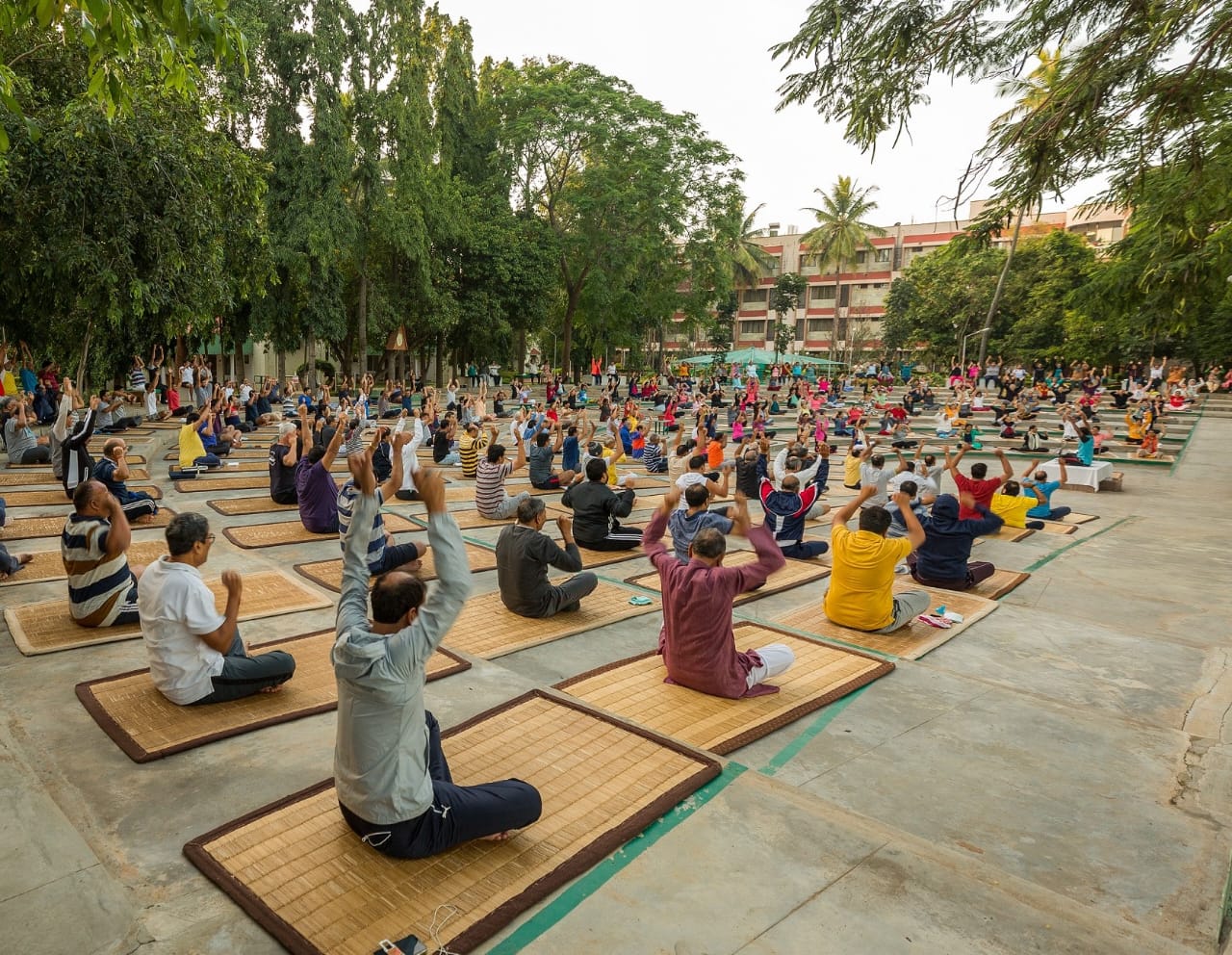Non-communicable diseases (NCDs) like diabetes, hypertension, and cardiovascular diseases are causing havoc across the globe, claiming millions of lives every year. As a response to this epidemic, yoga presents itself as a revolutionary solution, combining age-old knowledge with contemporary health approaches.
Yoga, an ancient practice spanning 5,000 years, has demonstrated its effectiveness for the prevention of NCDs by attacking central risk factors such as physical inactivity and mental stress. By practicing asanas (postures), pranayama (breathing exercises), and dhyana (meditation), yoga increases physical health, mental health, and functioning of organs. Yoga controls heart rate, enhances glucose metabolism, and corrects psychological imbalance.
Experts recommend adopting yoga in day-to-day lifestyles as a counter-measure against increasing NCD loads. Yoga needs to be integrated by schools, city planners, and the health systems in larger physical activity movements. Open-air gyms, bicycle paths, and formal school programs can make people lead active lifestyles right from the beginning and across their lives.
As countries work towards achieving NCD-related mortality reduction by 2030, yoga is a cost-effective and universally applicable tool to build healthier people and societies. Let us fully tap its potential for a disease-free tomorrow on this International Day of Yoga.
Source: WHO South-East Asia News

